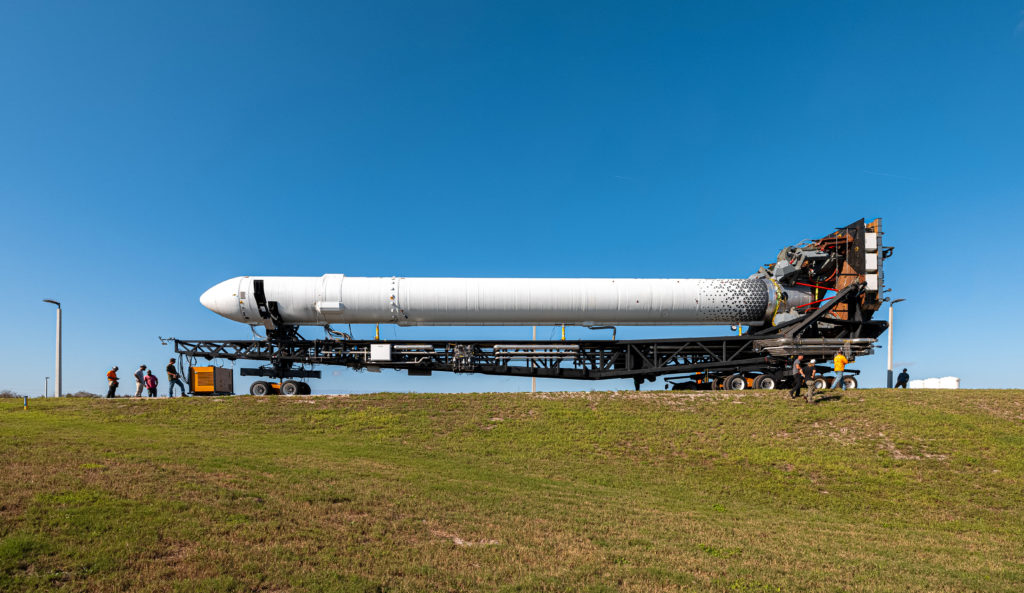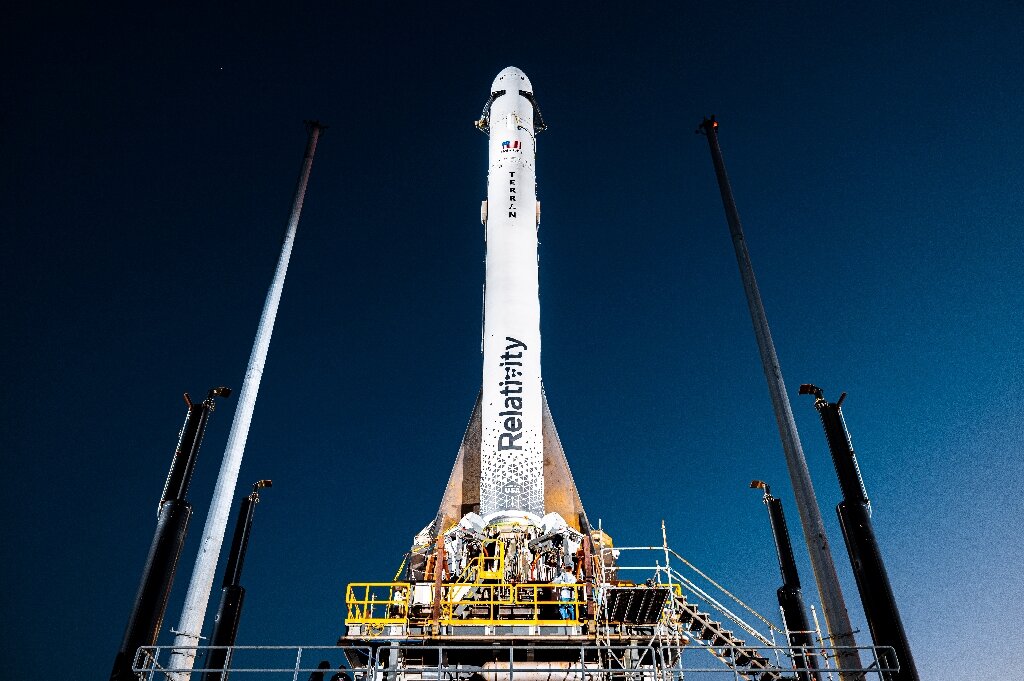Startup Relativity Space launched what it calls the “world’s first 3D-printed rocket” on Wednesday, sending it into the upper reaches of the atmosphere before an engine issue prevented it from reaching orbit.
The Terran 1, a 110-foot-tall (33.5-meter) vehicle designed to carry lightweight satellites into orbit, lifted off from Cape Canaveral Space Force Station on Florida’s eastern coast just before 11:30 pm ET. Powered by super-chilled methane and oxygen, the rocket burned a bright blue-green against the night sky.
After the rocket’s first stage—responsible for the initial thrust—expended its fuel and detached, the engine intended to propel the upper stage ignited only briefly, leaving the rocket without enough power to reach orbit.
The mission, nicknamed “Good Luck, Have Fun,” carried a prototype vehicle and a piece of metal—the first object printed by Relativity’s large 3D printer—as a commemorative token. The rocket was not carrying a client satellite, unlike the company’s future launches.
Relativity had aimed to launch earlier in March, but issues such as propellant temperature, bad weather, and unsatisfactory fuel pressure delayed the attempts.
During the March 11 attempt, various problems, including a boat entering a restricted area and a detected software issue, caused the launch to be aborted moments after engine ignition.
Relativity cofounder and CEO Tim Ellis had expressed hopes for a successful launch in a March 7 Twitter post, stating that achieving orbit on the first attempt would be unprecedented.

However, Ellis acknowledged that clearing the launchpad and passing Max Q, the point of maximum aerodynamic pressure, would be significant milestones. The rocket did achieve this on Wednesday.
Since 2015, Relativity has been developing its first launch vehicle to prove its thesis that rockets can be quickly, cheaply, and efficiently built using 3D printing. While most rockets today use some 3D-printed parts, 85% of Terran 1 is made this way.
Ellis, who started his career as a propulsion engineer at Blue Origin, explained that 3D printing offers a new approach to manufacturing, beyond just printing parts. Relativity’s factory in Long Beach, California, features massive 3D-printing machines that form the main body of rockets.
Relativity has distinguished itself among rocket startups by raising significant capital and securing high-profile contracts before its first launch attempt.
Despite the Terran 1 rocket’s failure to reach orbit, it may not be the company’s main product. The company has secured about $1.65 billion in launch contracts, primarily for its larger reusable rocket, Terran R, which is still in early development.
Terran 1 is intended for deploying small satellites within larger constellations, while the larger Terran R rocket, capable of launching about 44,000 pounds (20,000 kilograms) to low-Earth orbit, will fall into the “medium-heavy lift” category, similar to SpaceX’s Falcon 9 rockets.
Ellis sees the 3D printers being developed by Relativity as transformative for various industries, including aerospace, oil and gas, and wind energy. It is not yet clear when Relativity will attempt another Terran 1 launch.







Leave a Reply